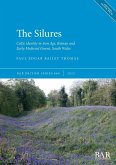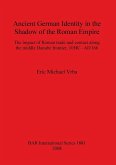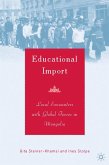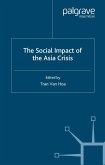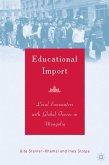The importance of food processing in the past is evident from the frequent occurrence of milling tools on archaeological sites. During the Roman period in Britain, imported lava milling tools from the Mayen region of Germany complement those of indigenous stone types, but distribution and use of lava in the province has never been systematically examined. This research presents the first study of this material in Roman Britain, cataloguing and analysing 2,707 lava milling tools from 564 sites. A further 601 sites where lava was absent but other lithologies occurred have also been recorded. Analysis was completed using an object biography approach to investigate the key stages of manufacture, distribution, primary use, reuse/modification, and deposition at various case study sites to reflect lava milling tool use in rural, urban, and military contexts.
Hinweis: Dieser Artikel kann nur an eine deutsche Lieferadresse ausgeliefert werden.
Hinweis: Dieser Artikel kann nur an eine deutsche Lieferadresse ausgeliefert werden.


